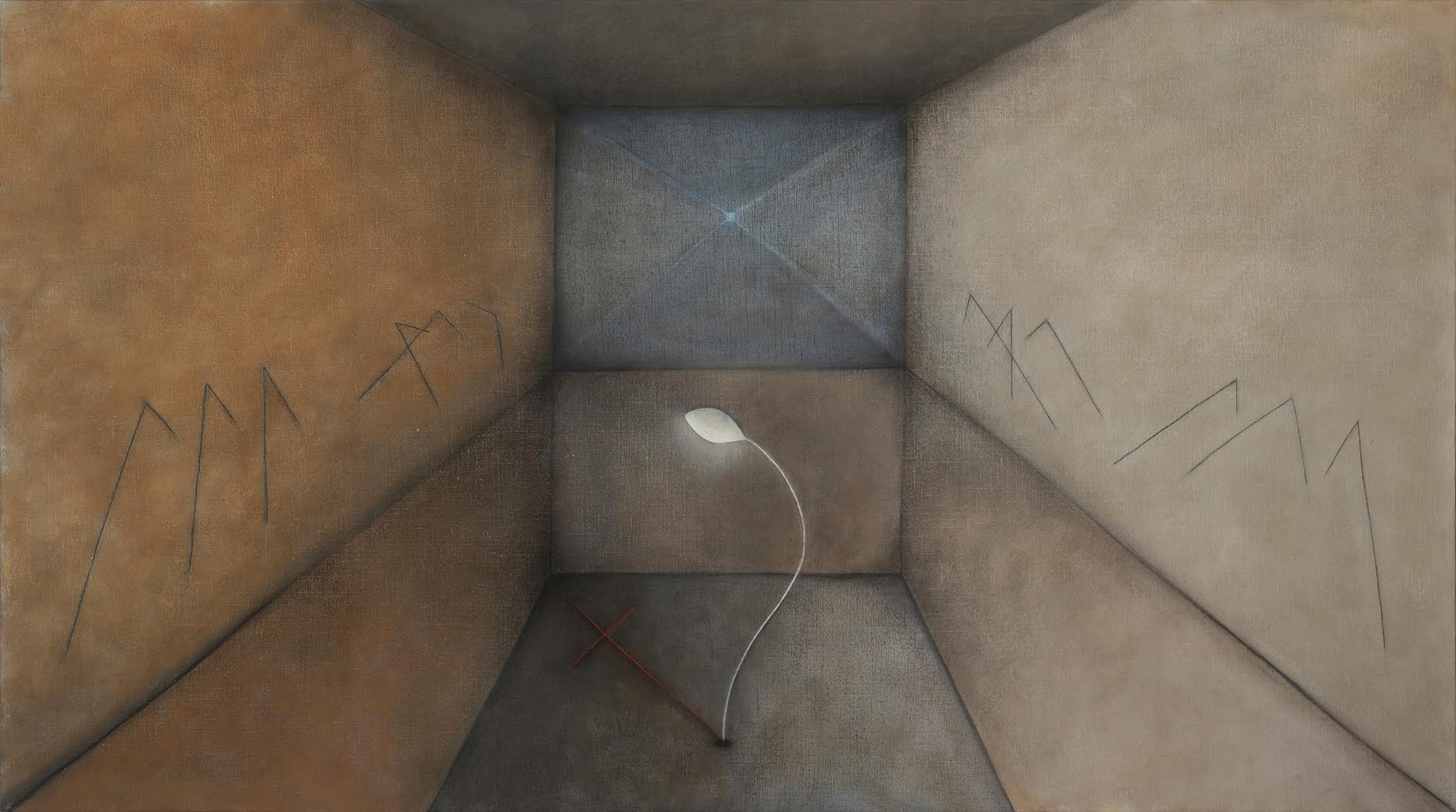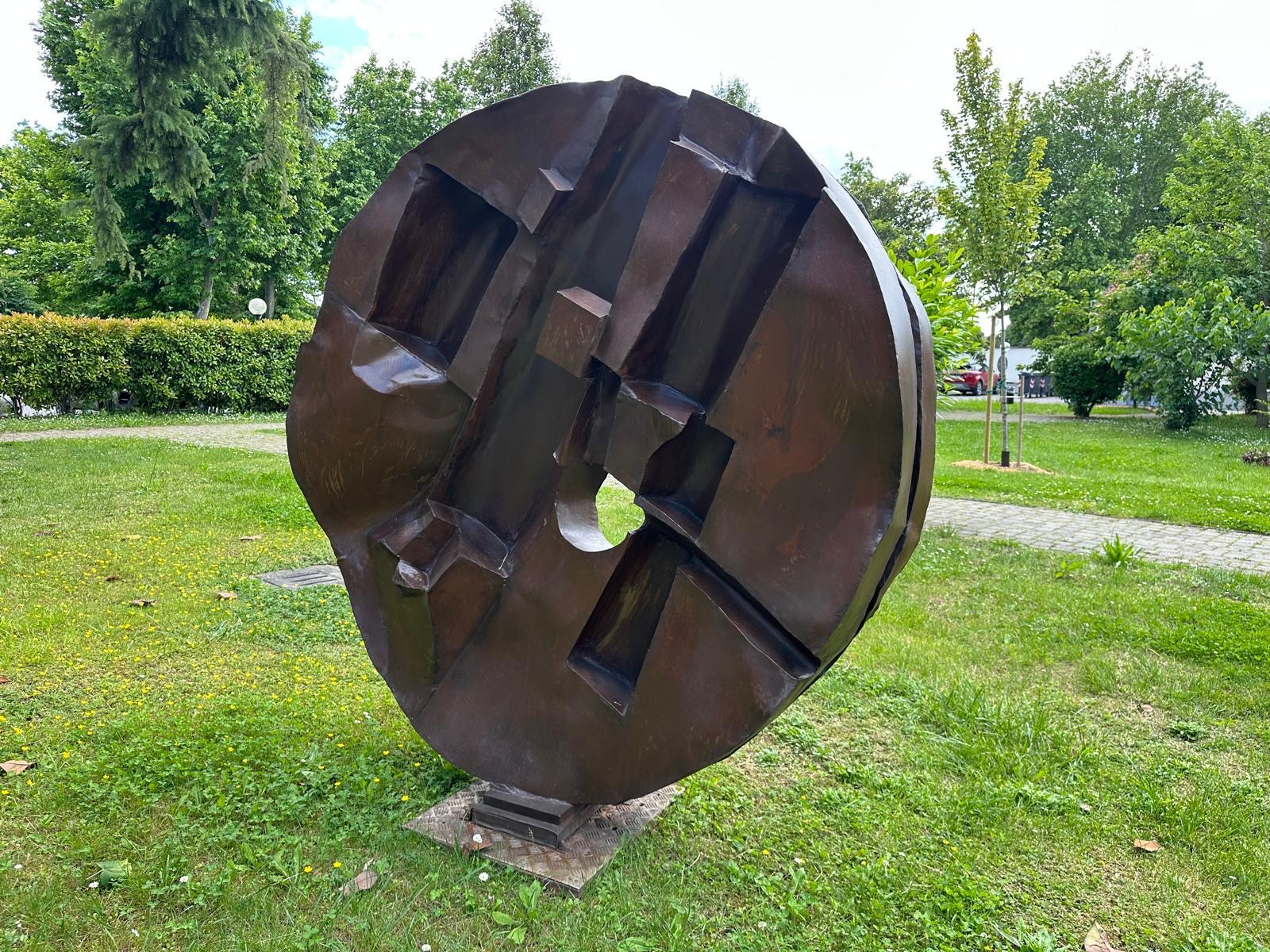“The Last Dinner” by Luca Bonfanti is a conceptual masterpiece of great importance in the contemporary art outline. The artist has an extraordinary ability in transferring his free considerations on the canvas, his sincere and brave personal reflections about one of the most fascinating moments of the history of religions, and of art.
Bonfanti faces a highly symbolic moment for humanity, laying himself bare and facing the sensations coming from a careful analysis.The artist’s deep emotional sensitivity and his cultural insight create the ideal assumptions to dive in the inner meaning of the work of art whose interpretation was the luck of great personalities in the history of art, starting from Giotto, Andrea del Castagno, Perugino, Giorgio Vasari, Domenico Ghirlandaio, Tiziano, Tintoretto, Barocci, Salvador Dalì, Rubens finishing with the most famous one: Leonardo da Vinci.
After witnessing a lot of different interpretations, even if influential, in which the characters represented appeared motionless and hieratical, and after Leonardo’s revolution, nowadays we see the brand new Bonfanti’s attitude at the moment in which he reaches a new transfiguration of Jesus Christ’s last dinner with the Apostles, fixed by the only strength of signs and by the depth of the colour.
The words that in Leonardo’s work caused the table companions’ movements and gestural expressiveness are now substituted by the sensations produced by the work of art that extremely synthetizes every detail, and it seems like the author wants to eliminate any possible “distraction” and facilitate a deeper attention on the inner meaning of “The Last Dinner”.
In this aim, Luca Bonfanti is a real master. His capacity of diving into the deeper part of our inner world, as it was a “personal need”, is an uncommon gift in a reality in which it seems that nobody has the strength and the patience necessary to look into ourselves without the fear of facing what we really are.
In this context, the artsit has worked on himself in an intense way, and in the deeper part of his soul, he has found new questions to which everybody of us, the observers, can try to find his own answers.
Luca Bonfanti realized “The Last Dinner” bringing everything forward , even himself, even those dogmas that are the cornerstones of our religious and scholastical education.
As a consequence, we can say that “Tha Last Dinner” is an analysis of what the artist declares through the consideration of several elements, from the Bible to the Apocrypha, from the Templar mysteries to the Freemasonry, from the ancient aliens theory to the origin of life until the famous Leonardo da Vinci’s work and from the ancient mystery of female sacredness in which the woman and the nature were one thing and the women were considered representative of the Earth, our Mother Nature and our prolific origin.
Mary Magdalene was the mysterious woman, the woman-apostle, Jesus’s fovourite, the one “who He often kissed on her lips”,(Philip’s Apocrypha).
 The less known fact is that Magdalene was also an initiate to whom Jesus had communicated the light of His teaching, a disciple that He loved, an ambiguous figure represented on Jesus’s left in Leonardo’s “Last Dinner” (Saint John).
The less known fact is that Magdalene was also an initiate to whom Jesus had communicated the light of His teaching, a disciple that He loved, an ambiguous figure represented on Jesus’s left in Leonardo’s “Last Dinner” (Saint John).
From these assumptions, it comes to the surface that some religions can have twisted and hidden these truths, creating a serviceable religion that could be more useful for men’s power than for their benefits.
This way, the work wants to become a strong and revolutionary message of hope for the all of us and, in particualar, for the new generations, to make them the founders of a new thought based on the truth and born by the unconditioned love, in a connection with tomorrow God.
The painting allow to be read and interpreted, it can involve and intrigue, but also shock and outrage, it is surely a work charged with great contents and with an extraordinary expressiveness.
The man has the extarordinary gift of creation, but the artist has this gift even more, aware of his expressive power, it can offer new instruments to read reality,instruments that can “wake up the man from the torpor” as Socrate said, putting him in front of some essential problems.
Luca Bonfanti relies on the signs strength, on the extreme simplification, on an almost graphic descriptive clarity, on the incredible force of the symbols that express all Leonardo da Vinci’s “Last Dinner” concepts.
I like to think about Luca Bonfanti’s works as a soul mirror where the artist can be seen reflected with all the emotional load coming from the constant research of truth through the poetry of painting.
“Now when the even was come, he sat down with the twelve…” (Matthew 26, 20-29).
Edited by Alberto Moioli

